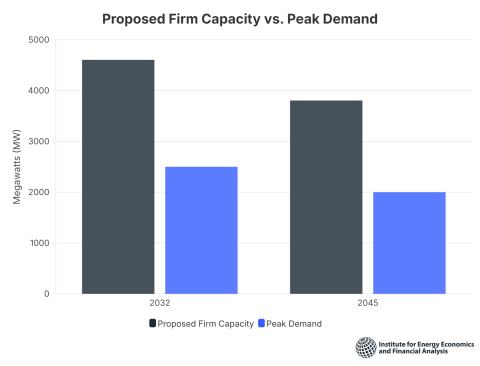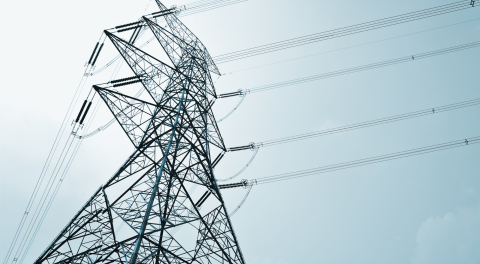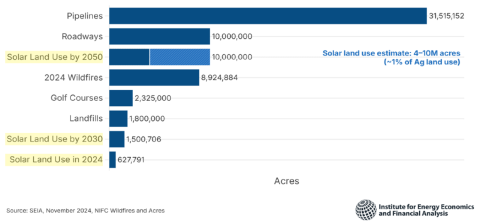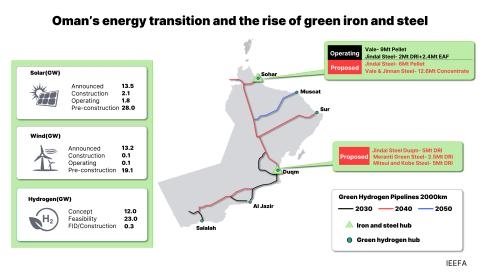Mounting negative cash flows highlight struggles of Appalachian fracked gas producers
Download Full Report
View Press Release
Key Findings
The stock market decline among shale producers in Appalachia has been even steeper than across the U.S. fracking industry.
Production increases are no longer enough to mollify investors, who have severely punished the companies throughout the E&P sector.
Executive Summary
Appalachian natural gas companies use unconventional techniques (hydraulic fracturing, or fracking) that have propelled the U.S. to become the world’s largest producer of natural gas. Much of America’s gas production is from Appalachia, primarily from the Marcellus and Utica shale basins. Among Appalachian states, Pennsylvania led the way, ending 2018 as the second-highest gas producer in the U.S., behind only Texas.
But production growth has not led to financial success. Despite booming gas output, Appalachian oil and gas companies consistently failed to produce positive cash flow over the past five quarters.
With prices of gas averaging $2.38/MMBtu in the third quarter, down 18 percent from the third quarter one year ago, only two of the companies in our sample, Cabot Oil & Gas and Gulfport Energy, had positive cash flow during the quarter. The other five—Antero, Chesapeake Energy, EQT, Range Resources, and Southwestern Energy —all experienced negative cash flows, with Chesapeake and EQT leading the plunge, posting negative cash flows of $264 million and $173 million, respectively.
Analysts expect natural gas prices to remain depressed for the foreseeable future. IHS Markit forecasts that natural gas benchmark prices in 2020 will be the lowest level in decades, due to a persistent oversupply. Much of the supply glut can be traced to the Permian Basin in Texas and New Mexico, where gas is often an unwanted by-product of oil production. Permian gas has become so uneconomic that some oil producers simply burn their natural gas rather than selling it, with Permian flaring hitting an all-time high in the third quarter. Earlier this year, Permian gas prices briefly turned negative, as some oil producers actually paid to have their gas transported out of the basin. But since both gas and oil come from the same Permian wells, oil companies continue to overproduce gas, further saturating the market.
Please view full report PDF for references and sources.
Press release: IEEFA update: Appalachia fracking industry faces uphill battle for earnings
















